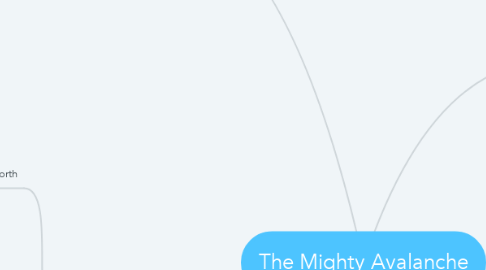
1. Political
1.1. John C. Calhoun
1.1.1. Congressional State: South Carolina. He thought that states' rights were more important than saving the Union.
1.2. Daniel Webster
1.2.1. Congressional State: Massachusetts. He believed liberty and Union, now and forever, was one and inseparable.
1.3. Henry Clay
1.3.1. Congressional State: None. He thought even though he was born in the south, he can't favor one side more than the other
2. Social
2.1. North
2.1.1. The States in the North were: Maine, New York, New Hampshire, Vermont, Massachusetts, Connecticut, Rhode Island, Pennsylvania, New Jersey, Ohio, Indiana, Illinois, Michigan, Wisconsin, Minnesota, Iowa, California, and Oregon. Mostly industry was their lifestyle. Geography was rocky soil and mountainous area. Machines were used to do the work and mass produces goods for trade. Population was well educated whites and free blacks.
2.1.2. Picture of Industry:
2.1.3. Picture of Ships:
2.1.4. Picture of City:
2.2. South
2.2.1. The States in the South were: South Carolina, Mississippi, Florida, Alabama, Georgia, Louisiana, Texas, Virginia, West Virginia, Arkansas, North Carolina, Delaware, Maryland, Kentucky, and Tennessee. Industry was mostly agricultural. Geography was fertile ground and soil. Main was of life was farming and trading to other countries. Population was slave-owners and lots of slaves working on plantations.
2.2.2. Picture of Agriculture:
2.2.3. Picture of Slaves Working:
2.2.4. Picture of Plantation:
3. Economic
3.1. Tariffs
3.1.1. North: The north developed an industrial society based on manufactured goods and free labor which is based on manufacturing goods and the payment of wages to the factory workers, wanted tariffs to protect U.S goods from foreign competition. Impact was to get the south to stop trading with other countries and to only trade with the north.
3.1.2. South: The south developed an agriculture society based cash crops and slave labor to get work done. South opposed tariffs and didn't want them since it would hurt the south and benefit the north. Impact was causing the south to get very angry with the north.
3.2. Slavery
3.2.1. North: Thought that slavery was really bad and that blacks shouldn't be treated that way, impacted the way the north viewed the south. North hated the way the south was treating their slaves.
3.2.2. South: Thought that slavery was good and very necessary for agriculture and the need for cheap labor. Impacted the production of cash crops by increasing the amount produced.

